Advanced glycation end products: the glycation process, health effects, and the low AGEs diet.
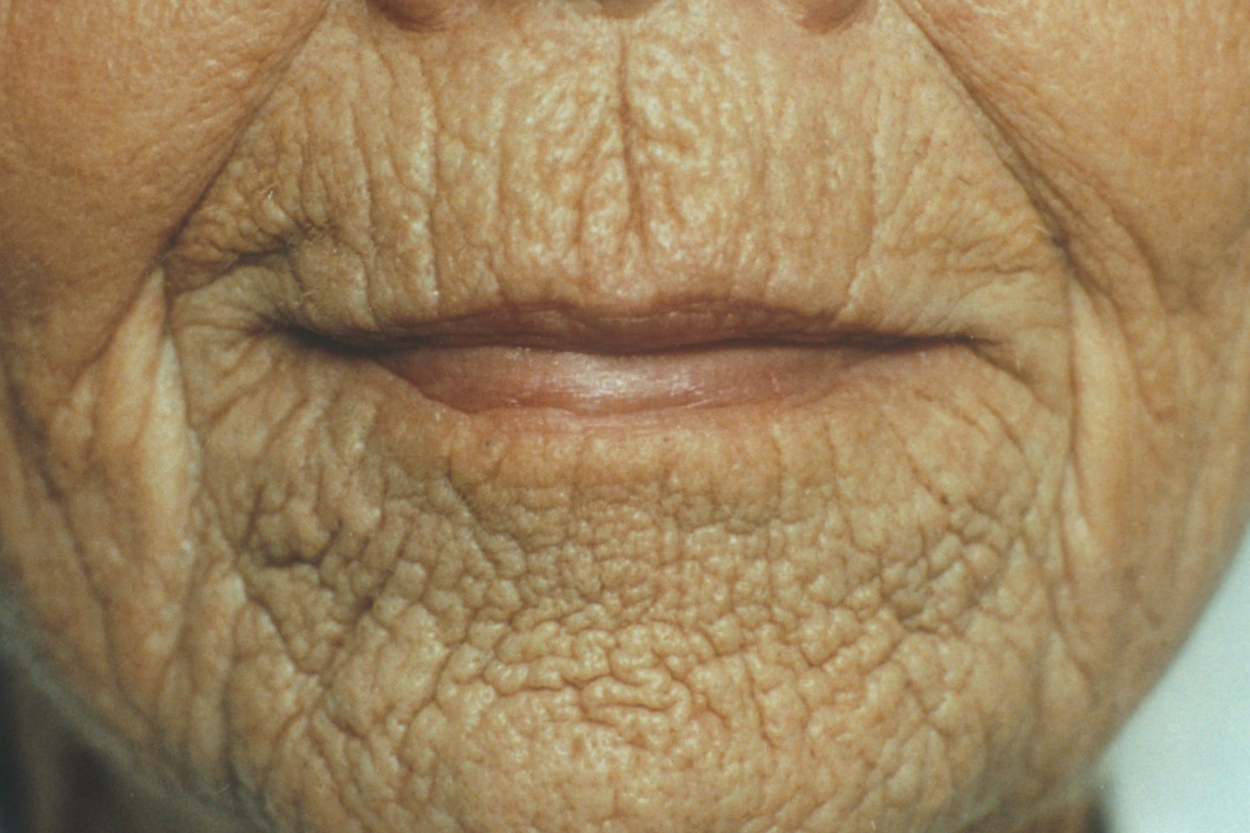
AGEs is short for advanced glycation end products which is coincidently an ominous warning because that's exactly what they'll do to your body.
AGEs will age you!
A more technical term for advanced glycation end products or AGEs is "glycotoxins" because they are very harmful to the human body.
Sadly, these harmful compounds will be found in some of your favorite foods and will usually increase as the flavor of your food increases.
Don't worry, you'll learn how to win the battle against AGEs!
Advanced glycation end products may be in your favorite foods!
Fast Foods
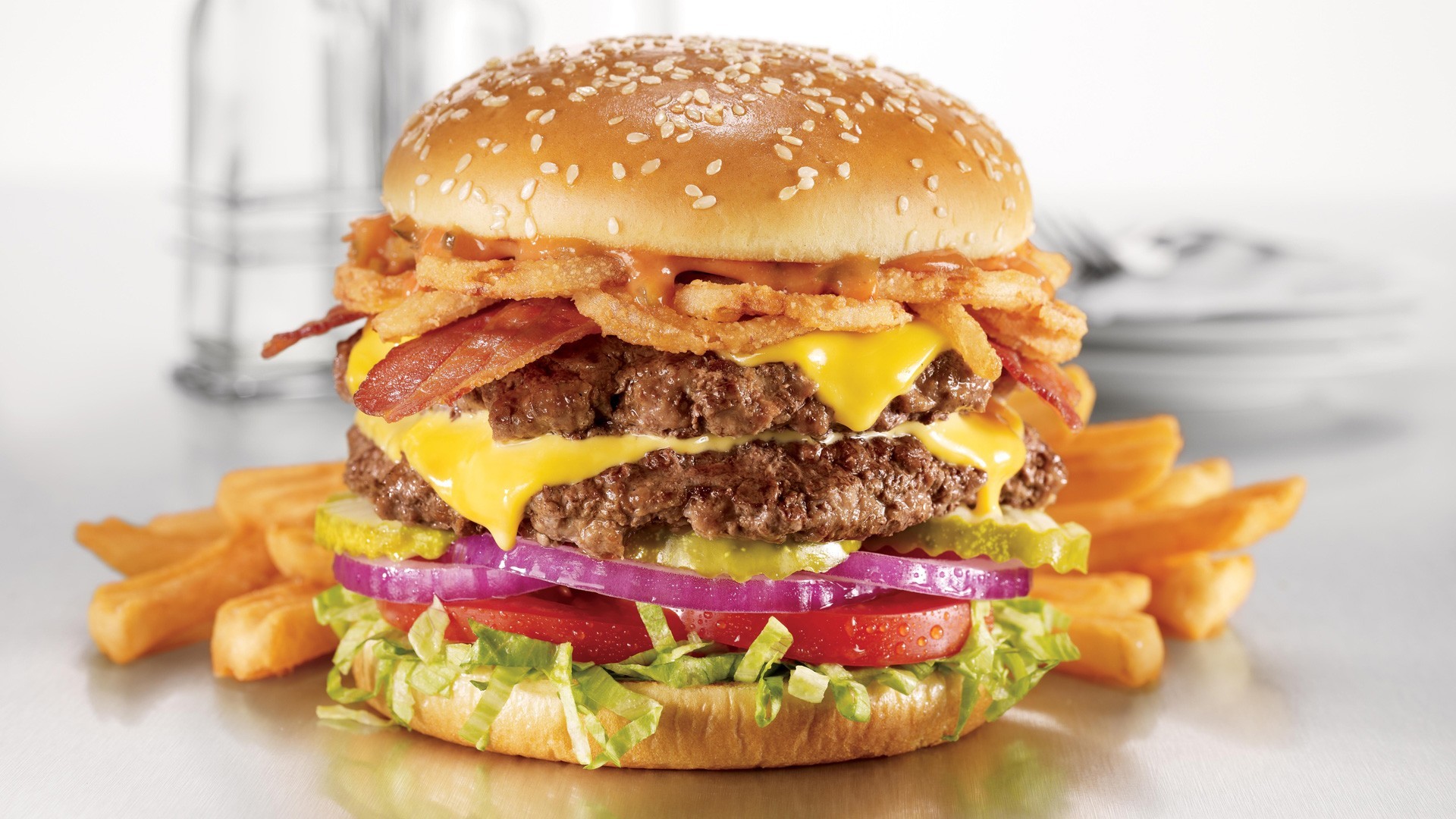
Hamburger and French Fries
Frankfurters or Hot Dogs
Processed Meats

Barbecued and Charred Meats
Grilled Meats

Thin Crusted Pizza w/Toppings
Baked Macaroni and Cheese
Cheese Melt Sandwiches
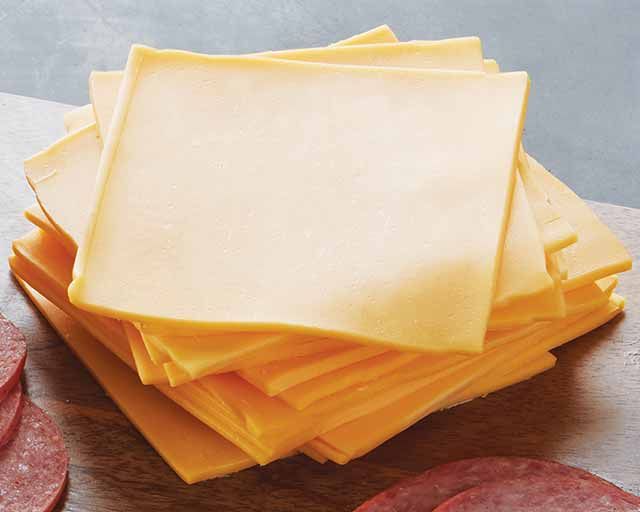
Full Fat American Cheese
Feta Cheese
Grated Parmesan Cheese
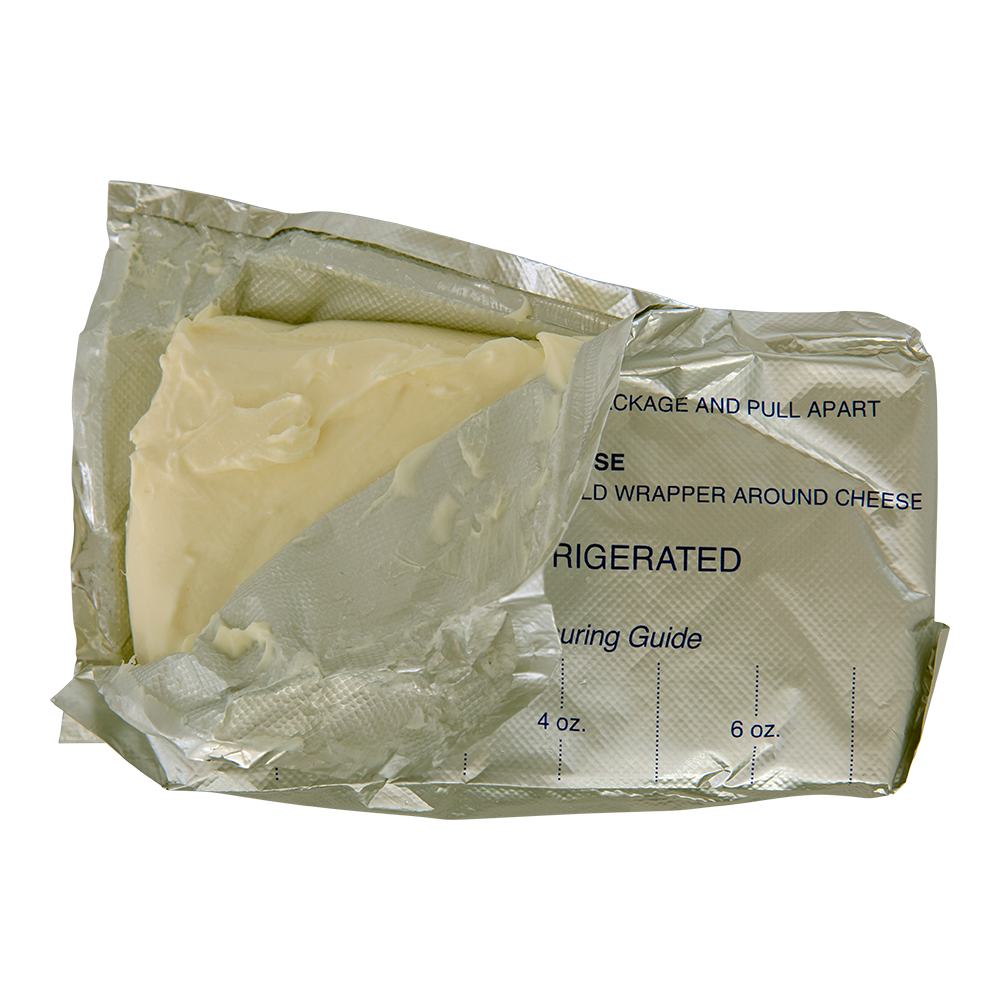
Commercial Cream Cheese
Pasteurized or Cooked Butter
Rice Krispie Treats and Fried Snacks
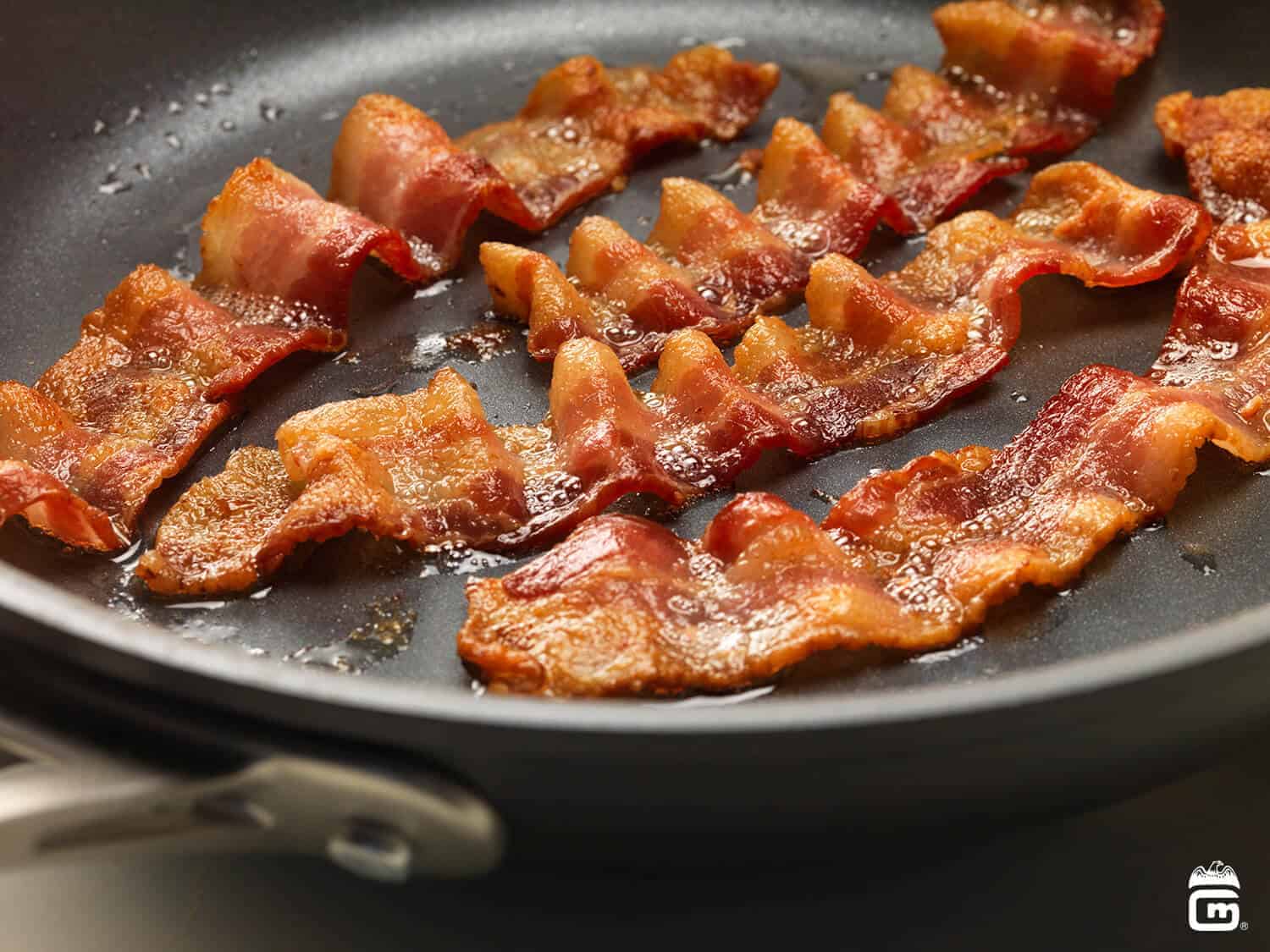
Bacon!!!

Deep Fried Meats and Seafood
Air Fried Meats
Pan Fried Meats and Eggs
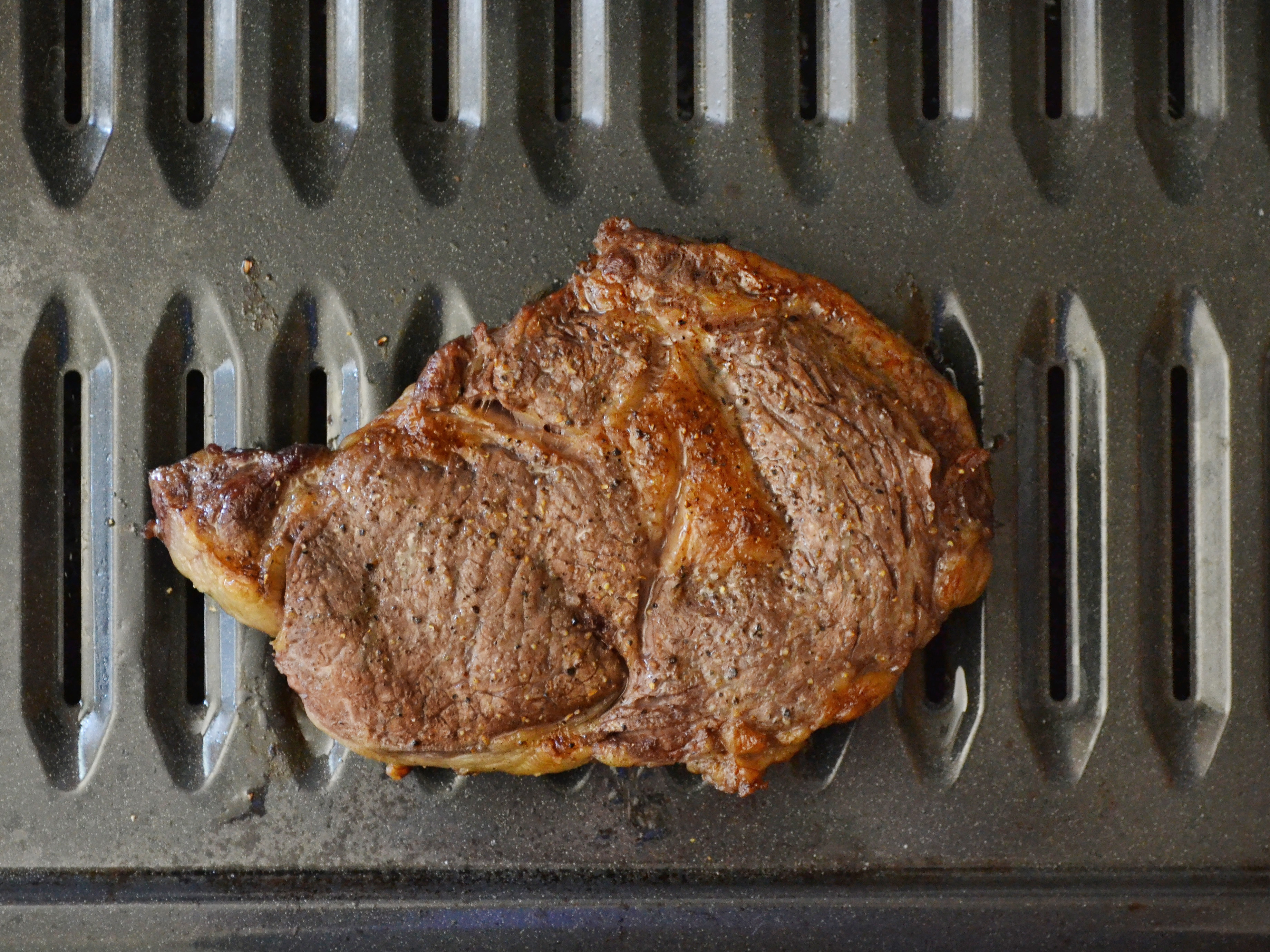
Broiled Meats and Seafood
Roasted Meats
Browned and Sauteed Meats
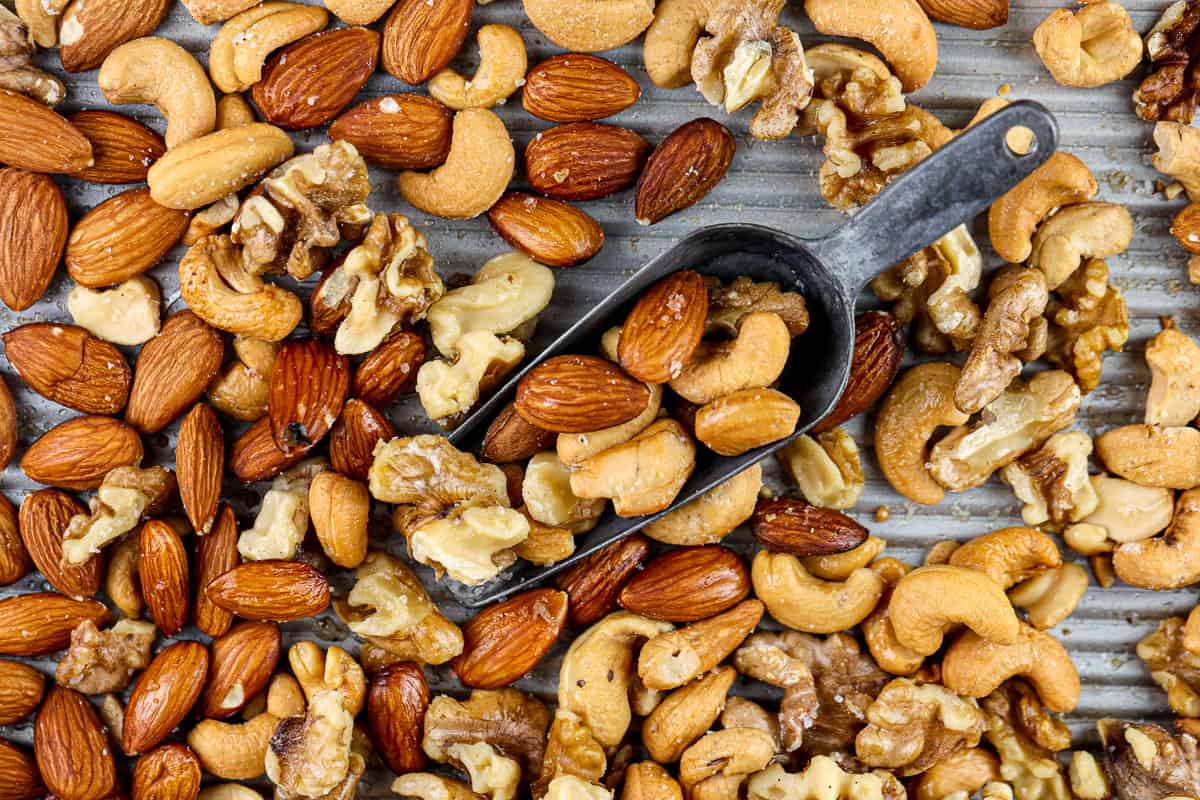
Roasted Cashews and Nuts
Raw Pine Nuts
Peanuts and Peanut Butter
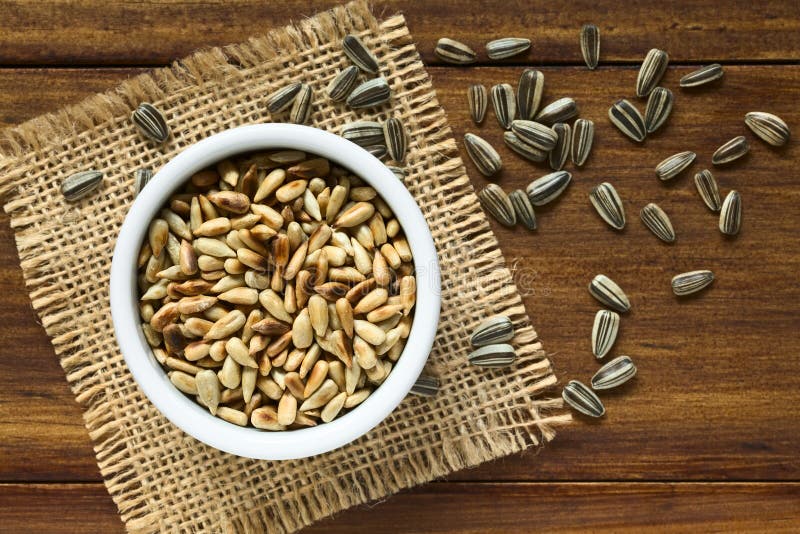
Roasted Sunflower Seeds
Sesame Oil
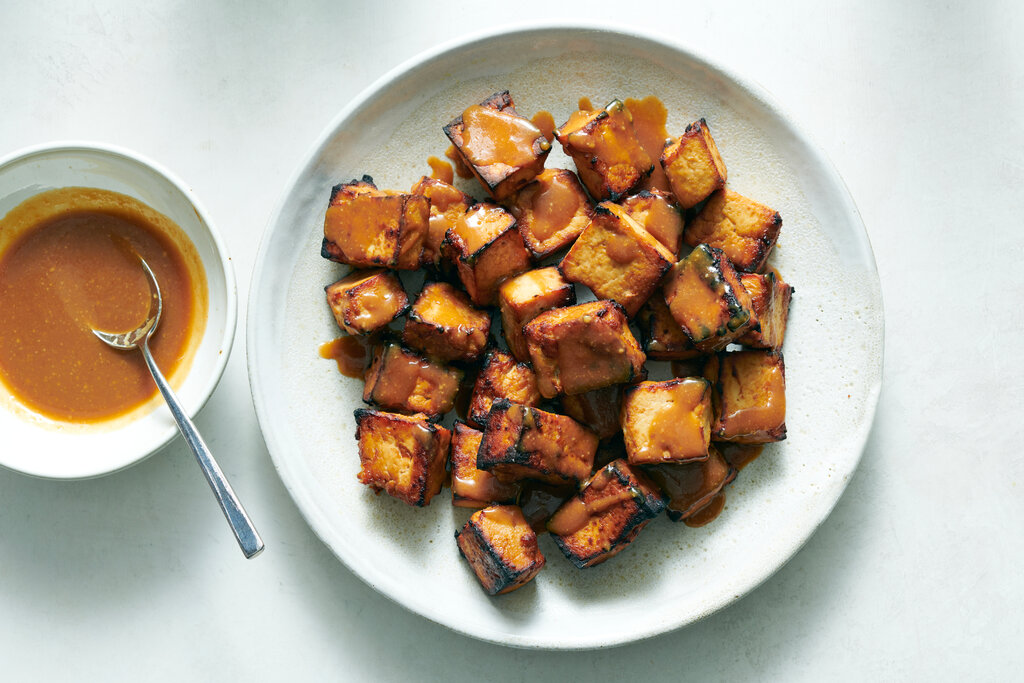
Broiled and Sauteed Tofu
A significant amount of advanced glycation end products or AGEs will come from the foods you ingest every day!
Cooking your foods using high heat and without any water or other liquids will cause sugars to bind non-enzymatically with proteins or fats to form AGEs or glycotoxins.
- AGEs can also be produced from the oxidation of proteins and fats!
Foods high in protein and fat as well as foods high in sugar that are cooked, heated, or processed at high temperatures will be loaded with AGEs!
The glycation process creates damage to protein structures!
AGEs are the result or end products of the glycation process. Again, glycation happens when sugar binds to proteins, lipids, or nucleic acids (DNA, RNA) without an enzyme to control the binding.
In the cooking world, this is called the Maillard or browning reaction.

The glycation process is what turns your very expensive Thanksgiving turkey to a brown color.
Shockingly, that's exactly what can happen to the proteins inside your body. Glycation doesn't just happen to your food - it can also happen internally!
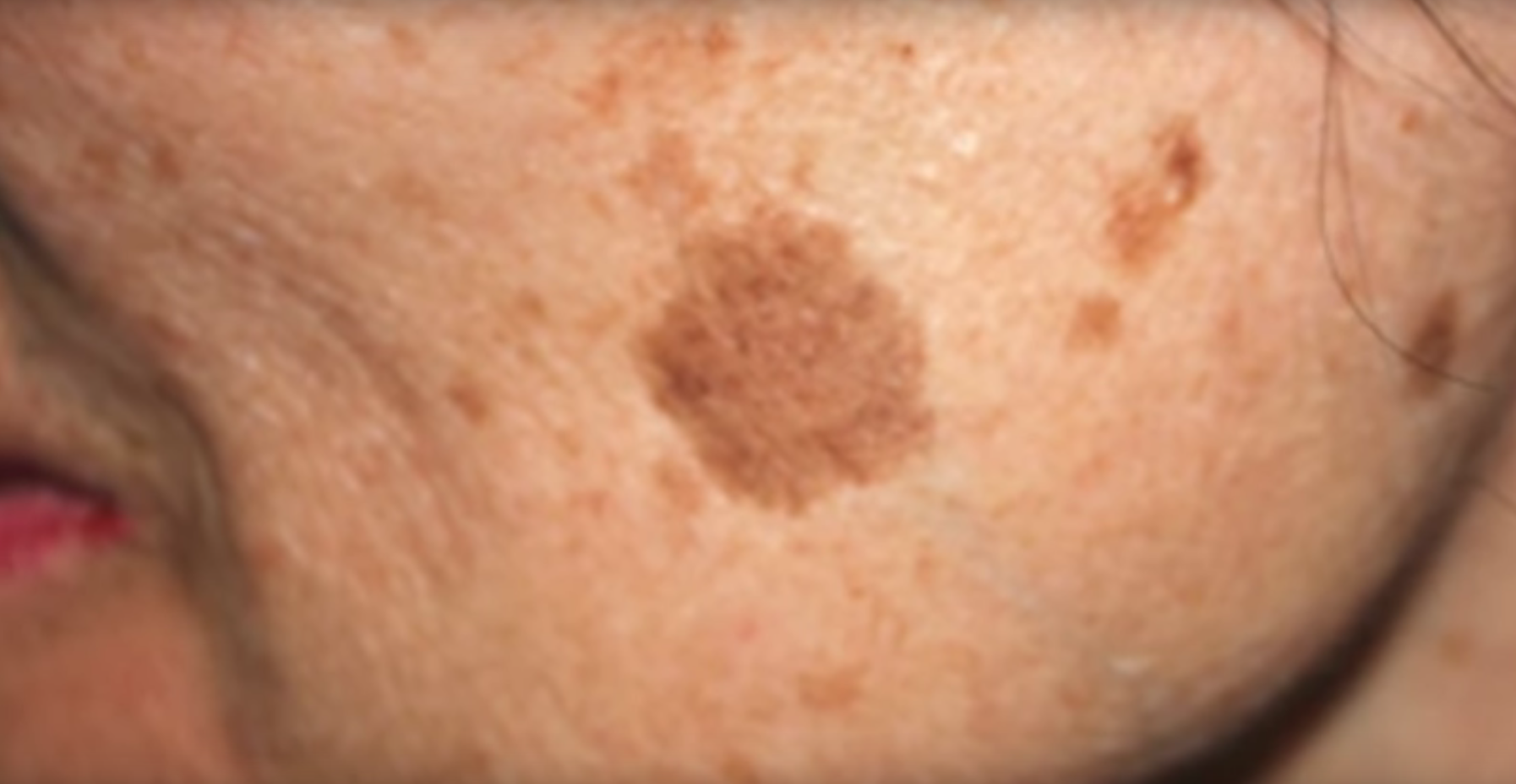
Glycation will result in the formation of damaged protein structures!
This is a big problem for your collagen and elastin which results in wrinkles or aged looking skin.
High levels of AGEs are known to cause oxidative stress and inflammation!
Carbs will produce advanced glycation end products: even the healthier carbs.
As you've just seen, the foods that you consume can be loaded with advanced glycation end products or AGEs!
Did you know high blood sugar will increase the formation of AGEs in your body?

Consuming too many carbohydrates increases advanced glycation end products! And it's not just from the cookies, candy, and other treats.
Too much sugar or carbohydrates from any source will create AGEs!
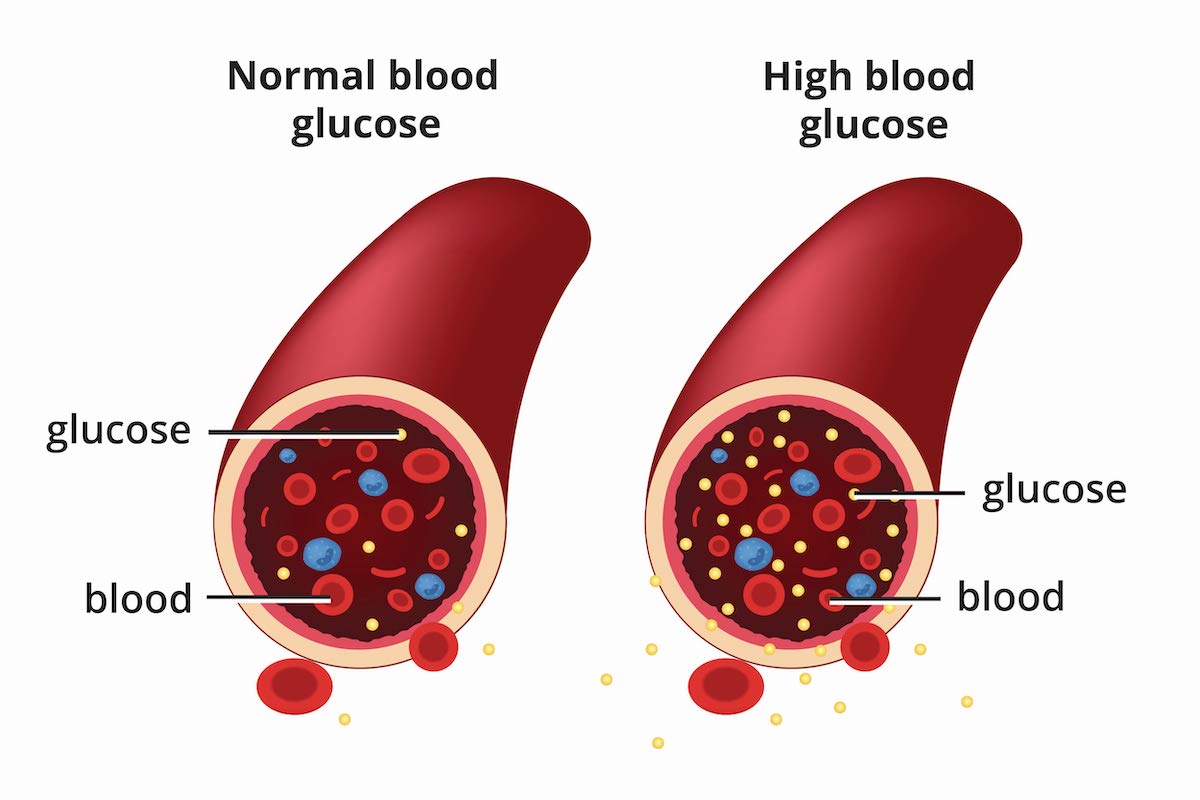
In other words, your body can undergo glycation with the sugars that are left in your bloodstream to produce AGEs internally!

When you consume too much sugar or carbohydrates, the glycation process that occurs in your body creates proteins that will be cross linked and barely functional.
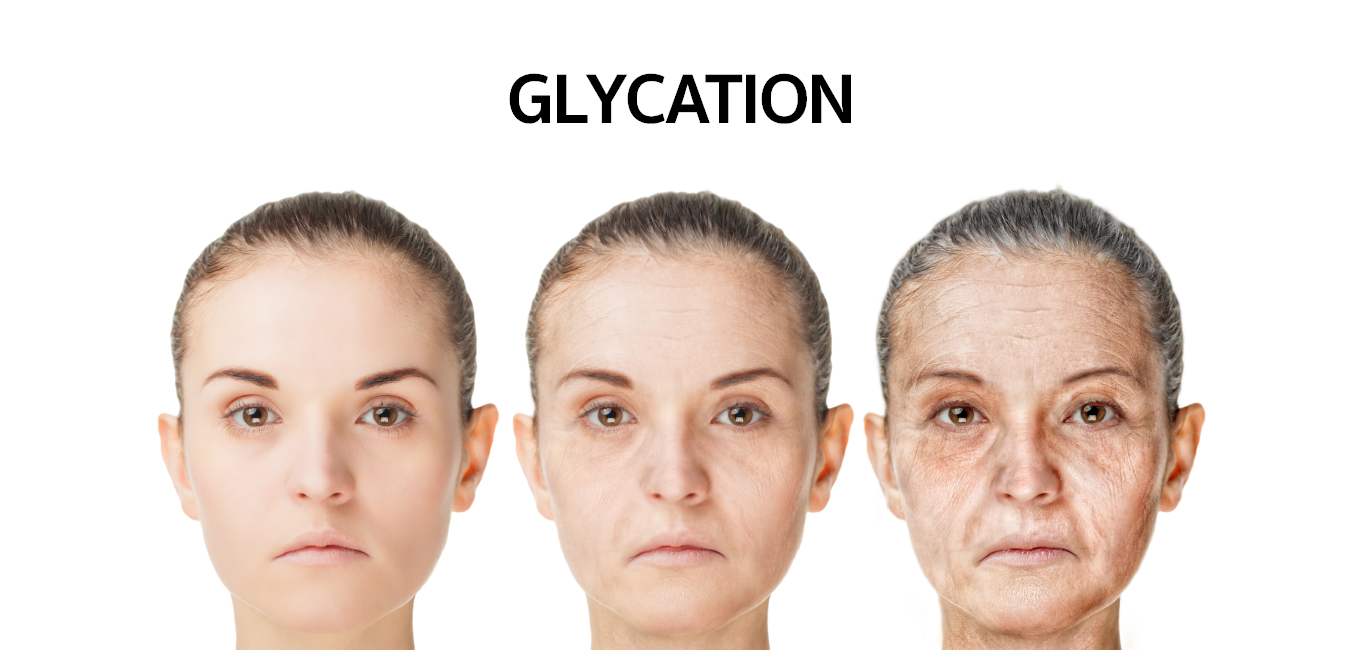
Glycation of your cellular proteins produce a change in their structure and loss of enzymatic activity!
When a protein is bound to a carbohydrate and its structure gets altered to the point that enzymes can no longer break it down - these altered proteins start building up in your body!
These altered proteins accumulate all over your body along with free radicals and inflammation.

Obesity and chronic inflammation seem to go hand in hand. These two conditions create a cycle that makes it even harder to lose weight.
Other factors that increase AGEs internally.
You are now aware that too much sugar in your blood can increase AGEs, but too much fat in your blood also increases AGEs.
One of the ketone bodies (acetone) that's formed when you go on a low carb diet "can under certain conditions" increase the advanced glycation end products.
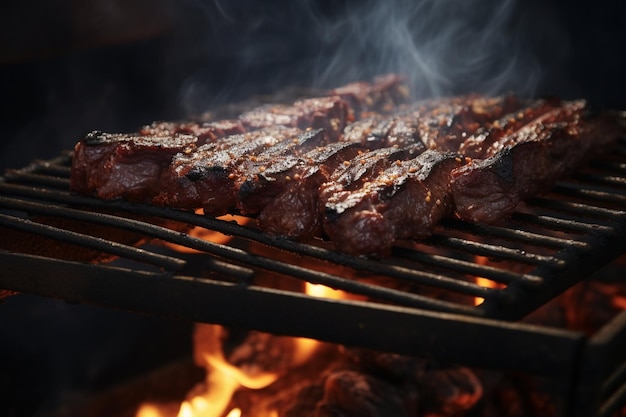
It has been reported that acetoacetic acid which is a type of ketone body will promote the production of reactive oxygen species and involves protein glycation to produce N(epsilon)-(carboxymethyl)lysine, one of the advanced glycation end products.
Advanced glycation end products can also be produced in your body from cigarette smoking or dehydration.

Oxidative stress from radiation, environmental pollution, medications, alcohol, drugs, and other toxins creates free radicals and the decline of antioxidants like glutathione.
This scenario will also increase the formation of advanced glycation end products internally.
What's scary is that the glycation of cellular and extracellular proteins will produce a loss of function or an acquisition of a new pathogenic function.

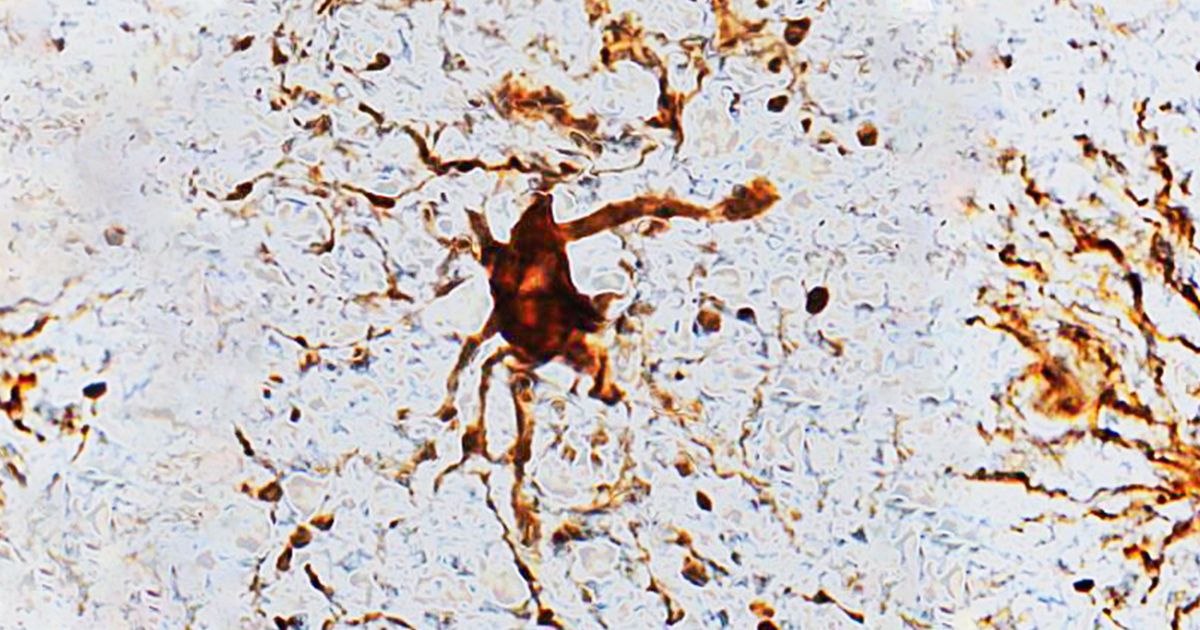
Could AGEs be part of what creates zombie cells? Hmmmm............
Health effects of AGEs: how your body deals with AGEs and how to remove AGEs.
Do you suffer from any of these health problems? If so, you might want to look into removing advanced glycation end products.
Type II Diabetes
Cancer
Atherosclerosis
Heart Disease
Alzheimer's Disease
Wrinkling
Aging
Impotence
Obesity
Metabolic Syndrome
Kidney Disease
Parkinson's Disease
Deafness
Liver Disease
Cataracts
Blindness

AGEs can stimulate the AGE receptor known as RAGE which may activate an inflammatory response.
Please be aware that advanced glycation end products have been implicated in many age related health problems.
Which includes inflammation and joint problems.
AGEs can accumulate in your joints and in other skeletal tissues which will create mobility problems.
How your body deals with advanced glycation end products.
Unfortunately, your body will not be able to metabolize or get rid of AGEs very easily! Your body deals with advanced glycation end products or AGEs very slowly.
Prevention will be your best strategy which is not to accumulate more glycotoxins than your body can handle.
- The half life of AGEs is about double the life of an average body cell.
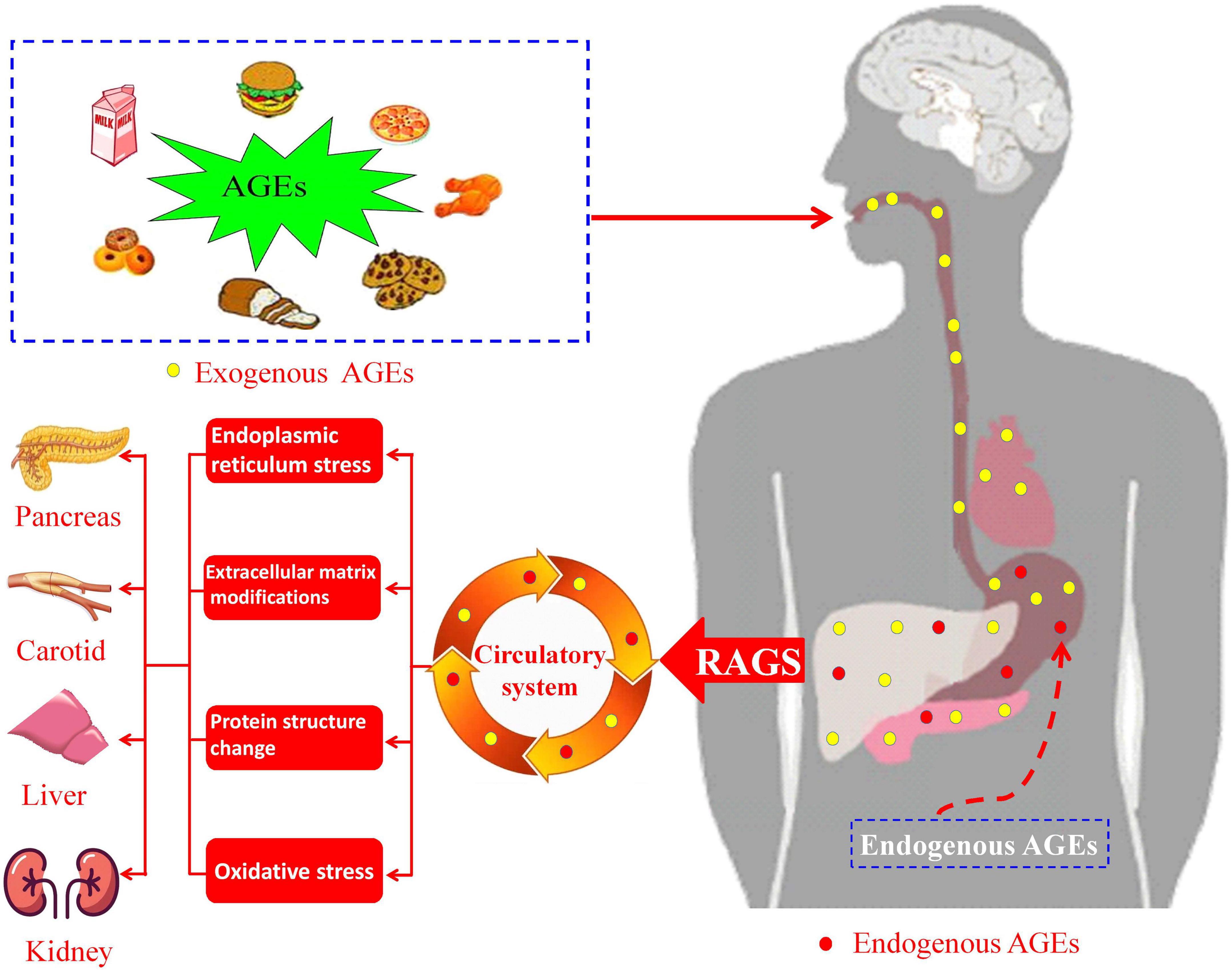
This means that damage will last for quite some time especially to your organs, arteries, nerve cells, brain cells, collagen proteins, and DNA.
Unfortunately, AGEs are highly resistant to protein renewal that is needed to maintain the healthy tone of body tissues and organs.
Your body's ability to remove AGEs through excretion by your kidneys may be limited! Probably only 1/4 to 1/3 of the consumed AGEs will be able to be eliminated in your urine - at best.
FYI, fructose which is very abundant in fruit and galactose which is found in milk will undergo glycation at about 10 times the rate as glucose - Yikes!
How to remove AGEs from your body: what you can do to help get rid of them.
Fortunately, your body may have the ability to remove AGEs through antioxidant and enzymatic actions.

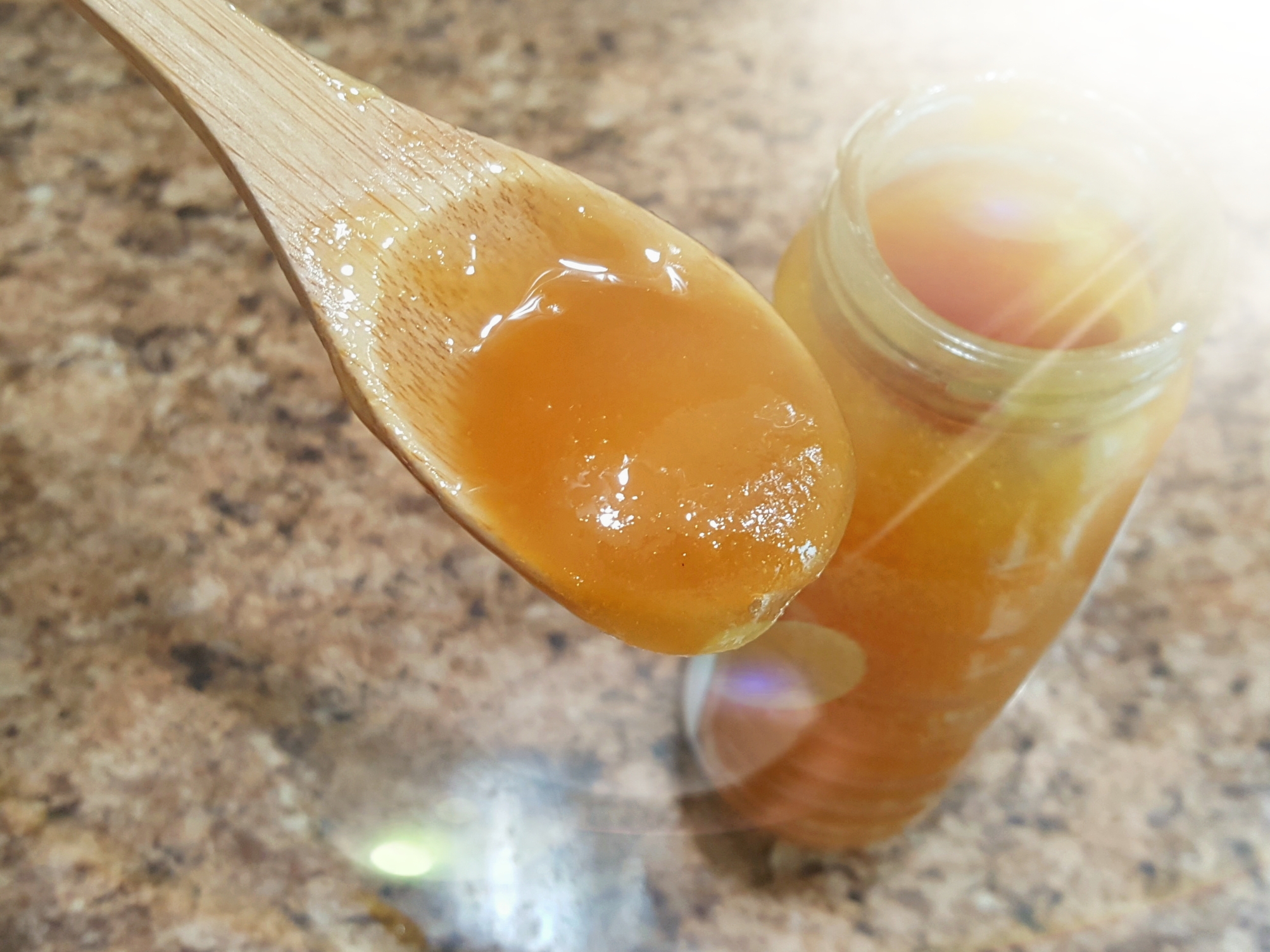
So whenever you consume foods that contain fructose or galactose, these foods should also come with antioxidants and enzymes which you'll get from raw foods like raw milk and raw honey.
By enhancing the enzymatic activity of your body, your body will be better able to eliminate these harmful compounds.
Antioxidant enzymes like glutathione will help to combat oxidative stress caused by AGEs, which reduces their harmful effects.


Protease enzymes help to break down proteins, including AGEs, into smaller peptides or amino acids, facilitating their removal from your body.
If enzymes are essential to manage AGEs in the body, this would be a good reason to consume raw foods which come with enzymes.

Also, research appears to show that intermittent fasting may
help with the accumulation of advanced glycation end products in your body.
I'm not a big fan of constantly fasting. I'd much rather consume raw foods rich in antioxidants and enzymes.
Another approach is consuming a diet low in AGEs which helps to reduce their levels in your body and support the activity of enzymes needed to eliminate them.
Low AGEs diet: calculating consumption of AGEs, cooking tips, and lifestyle tips.

Going on a low AGEs diet will improve your health and lowers the risk of advanced glycation end products related health problems or diseases.
For example: instead of cooking fish - make a fish ceviche instead.
Lowering the amount of AGEs by being conscious of the amount that you are consuming each day should help with premature aging.
The average AGEs consumption in New York may be somewhere around 15,000 kilounits per day? That number is considered to be a relatively high number.
A diet significantly below 15,000 kilounits per day would be considered a low AGEs diet.
How many AGEs do you consume daily?
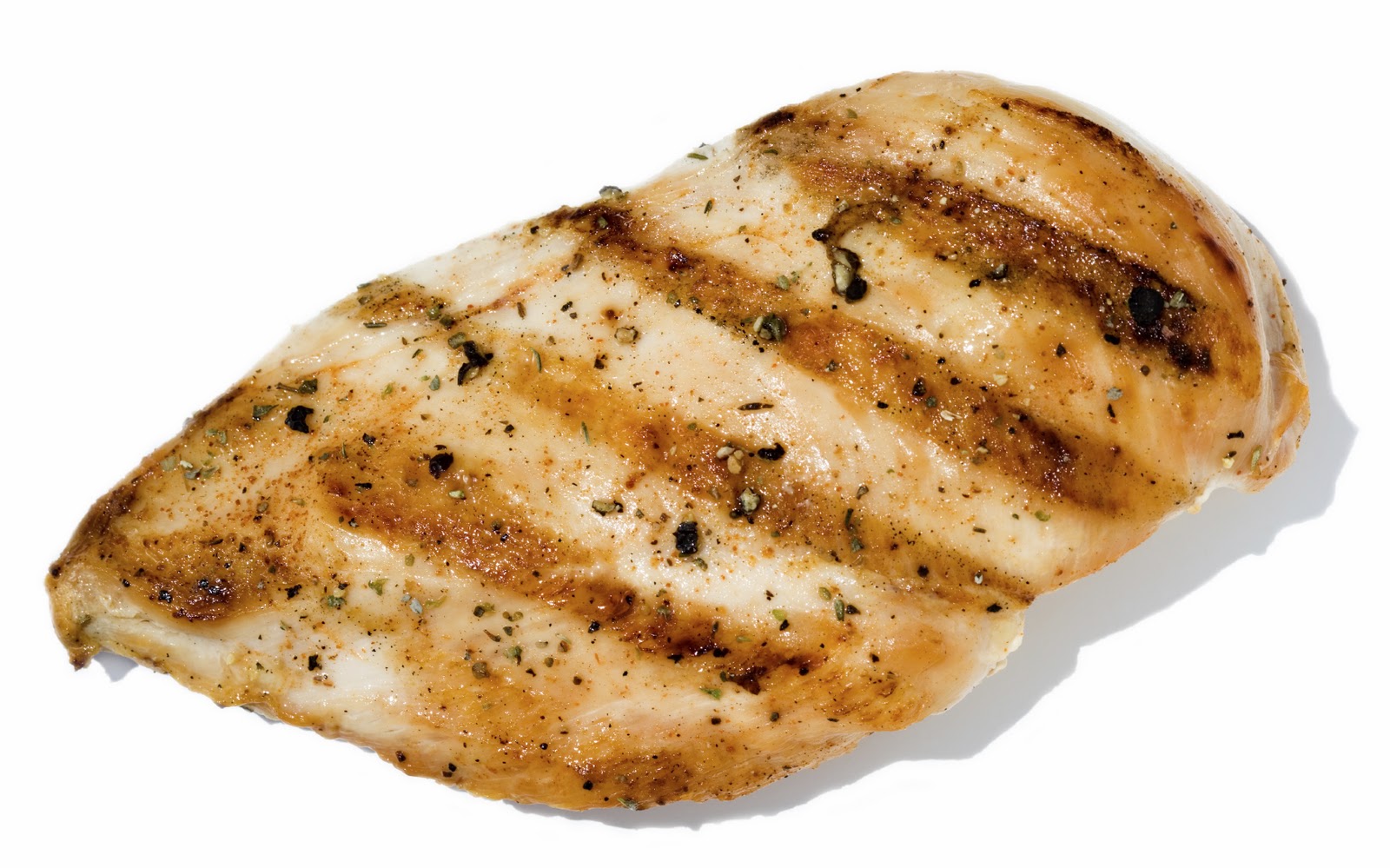
Use this tool to calculate how many AGEs you are consuming each day. Be sure to scroll down on the page to search the database of foods.
If this tool doesn't provide an amount, please don't think it's zero.
Did you know that a 3 oz. portion of grilled chicken will give you over 5,000 kilounits of AGEs?
Did you also know that a 3 oz. chicken breast that's breaded and deep fried will give you over 10,000 kilounits of AGEs?
The following is an excerpt taken from this article, "Advanced Glycation End Products in Foods and a Practical Guide to Their Reduction in the Diet".
Article also contains the AGEs content of 549 foods.
"Modern diets are largely heat-processed and as a result contain high levels of advanced glycation end products (AGEs).
Dietary advanced glycation end products are known to contribute to increased oxidant stress and inflammation, which are linked to the recent epidemics of diabetes and cardiovascular disease."
"Based on the findings, dry heat promotes new dietary AGE formation by >10- to 100-fold above the uncooked state across food categories.
Animal-derived foods that are high in fat and protein are generally AGE-rich and prone to new AGE formation during cooking.
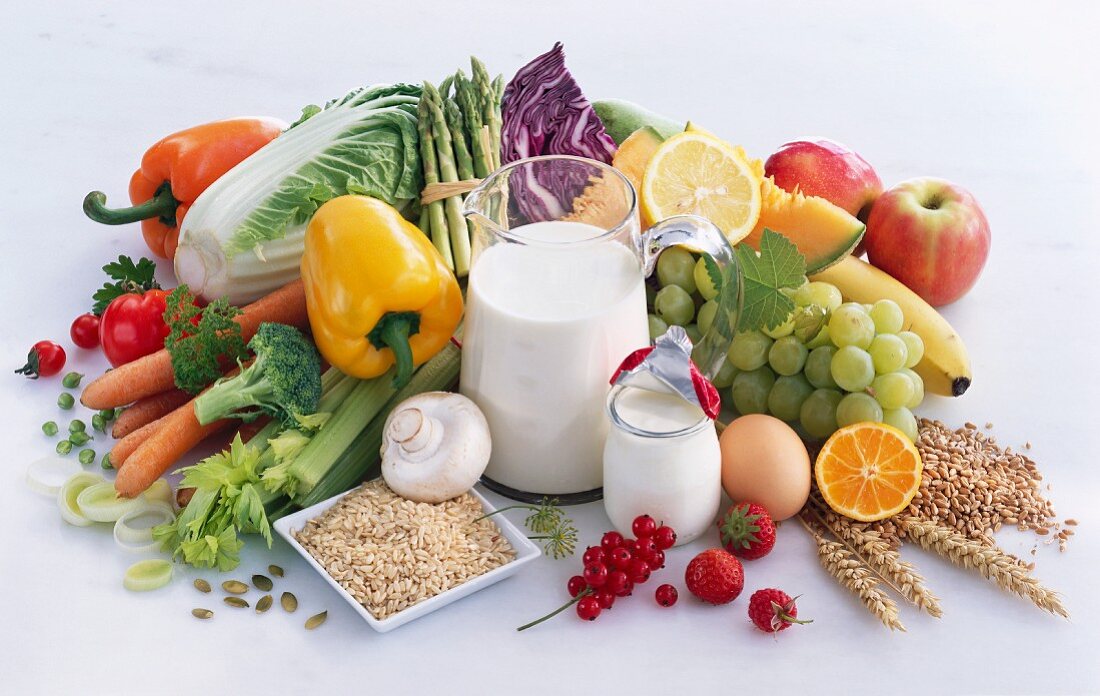
In contrast, carbohydrate-rich foods such as vegetables, fruits, whole grains, and milk contain relatively few AGEs, even after cooking."
Cooking tips for a low AGEs diet.
Remember, cooking by dry heat increases the amount of AGEs in raw foods by 10 to 100 times!
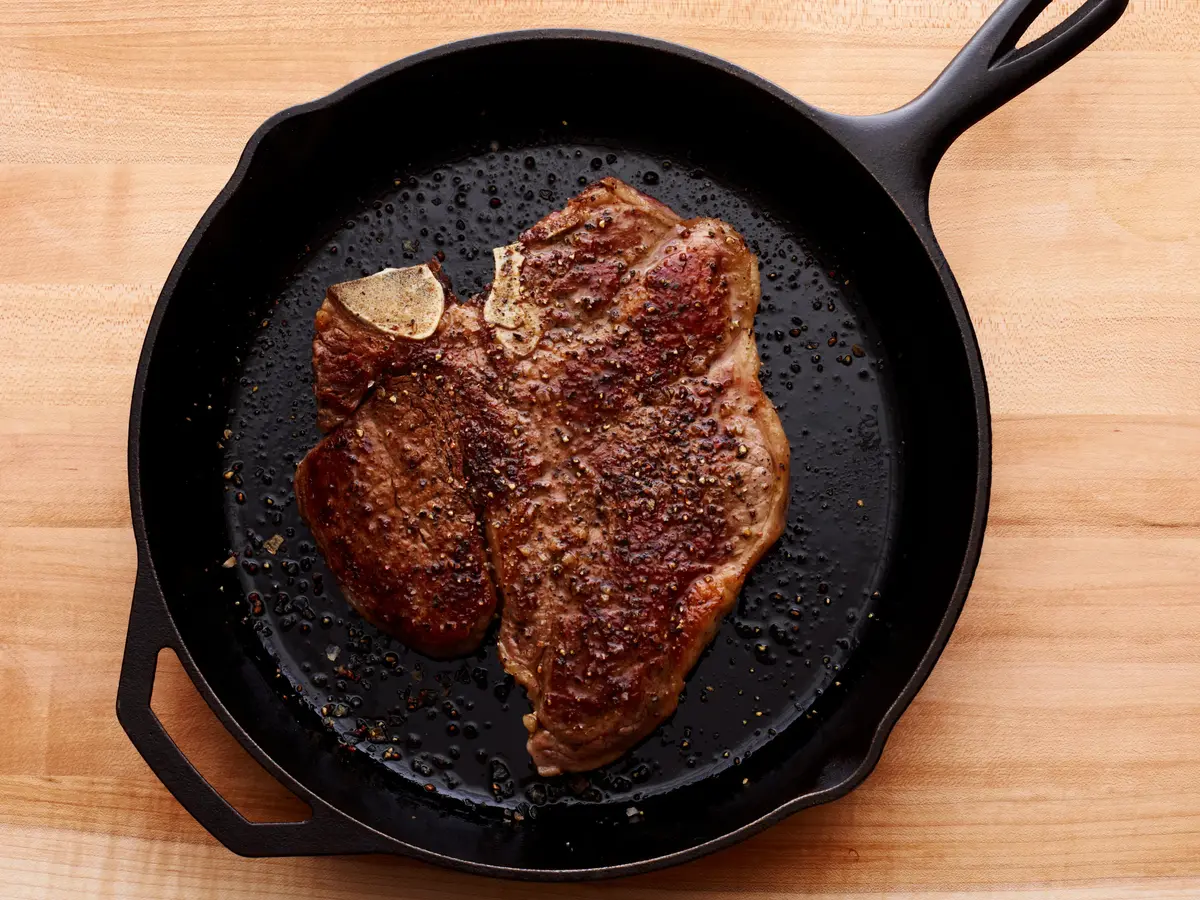
Dry heat cooking methods include pan frying, searing, sauteing, grilling, barbecuing, roasting, broiling, stir frying, deep frying, air frying, and baking.
Try these cooking methods instead..................
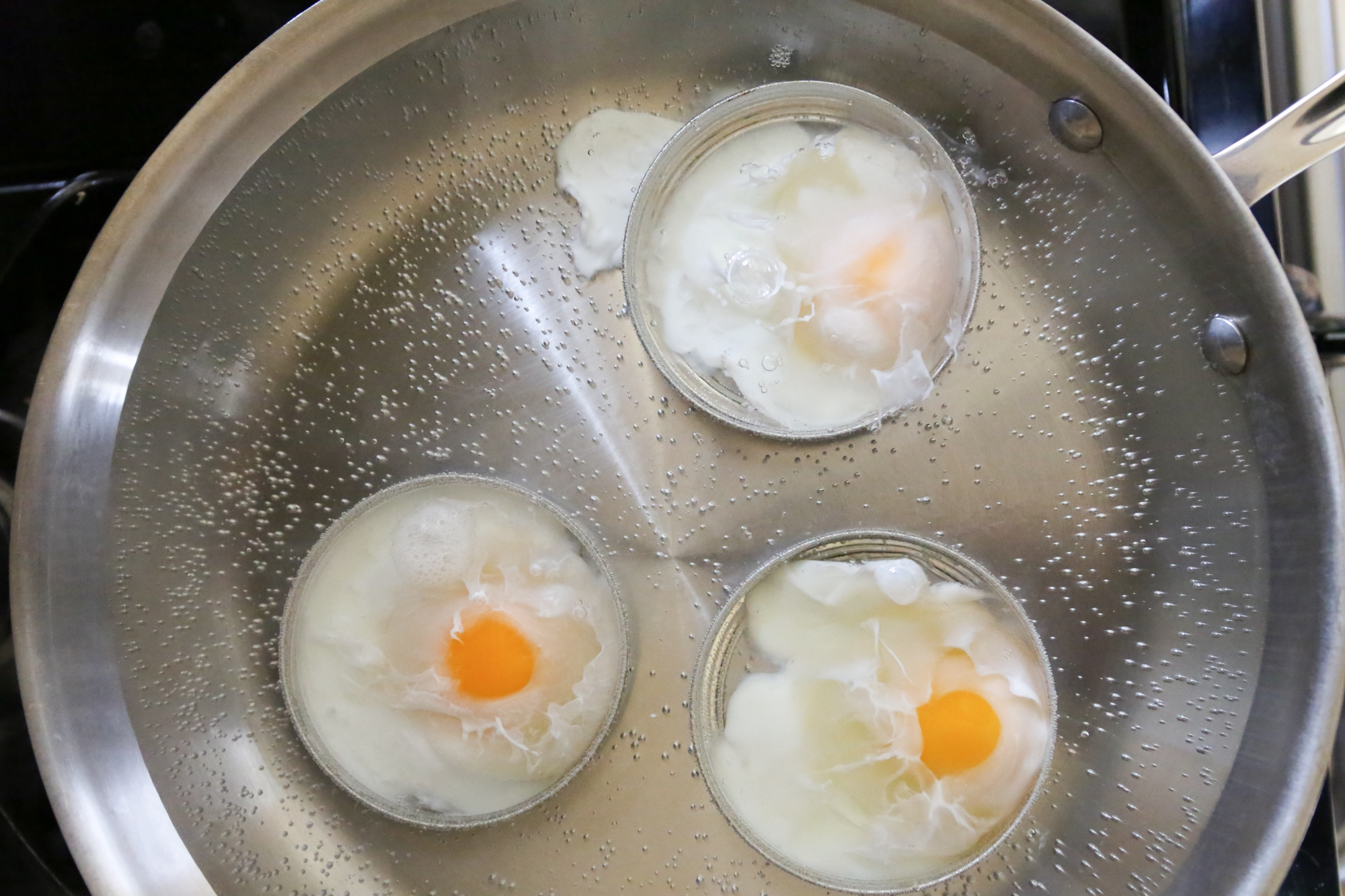
Consider poaching, boiling, steaming, stewing, or even using slow cookers to cook your food.
Cooking methods that provide enough moisture will lessen the amount of AGEs produced.

Cook your foods with moist heat and at lower temperatures to help keep AGEs on the low side.
Remember, water helps to prevent sugars from binding to the protein and fat molecules in foods.
Reducing AGEs especially from meats cooked at 300 degrees F. or higher is necessary for management of AGEs.

Using acid-based marinades that contain lemon, vinegar, tomato juice, or other citrus juices will cut down on the amount of AGEs (up to 50%) when cooking your foods in the oven or grilling.
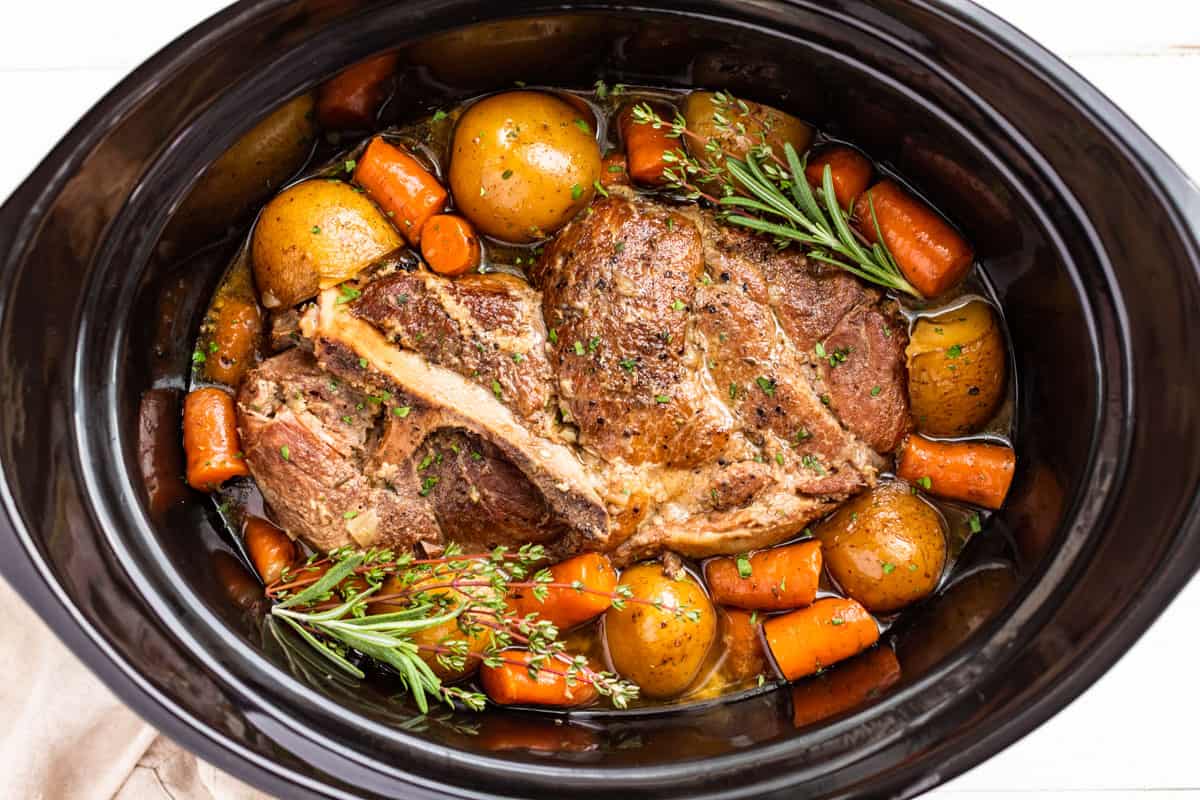
Cook meats at temperatures less than 250 degrees F. (low setting on slow cookers) or for shorter cooking times to minimize AGEs.
Studies show that certain antioxidants can inhibit the formation of advanced glycation end products.

Spices such as Jamaican allspice, cloves, cinnamon, and apple pie spice seem to provide a lot of protection against AGEs.
Herbs like oregano, rosemary, and turmeric also offer protection against AGEs, but to a lesser degree than previously mentioned spices.
Lifestyle tips for a low AGEs diet.
Consume raw meat dishes like steak tartare. Raw meats are significantly lower in AGEs.
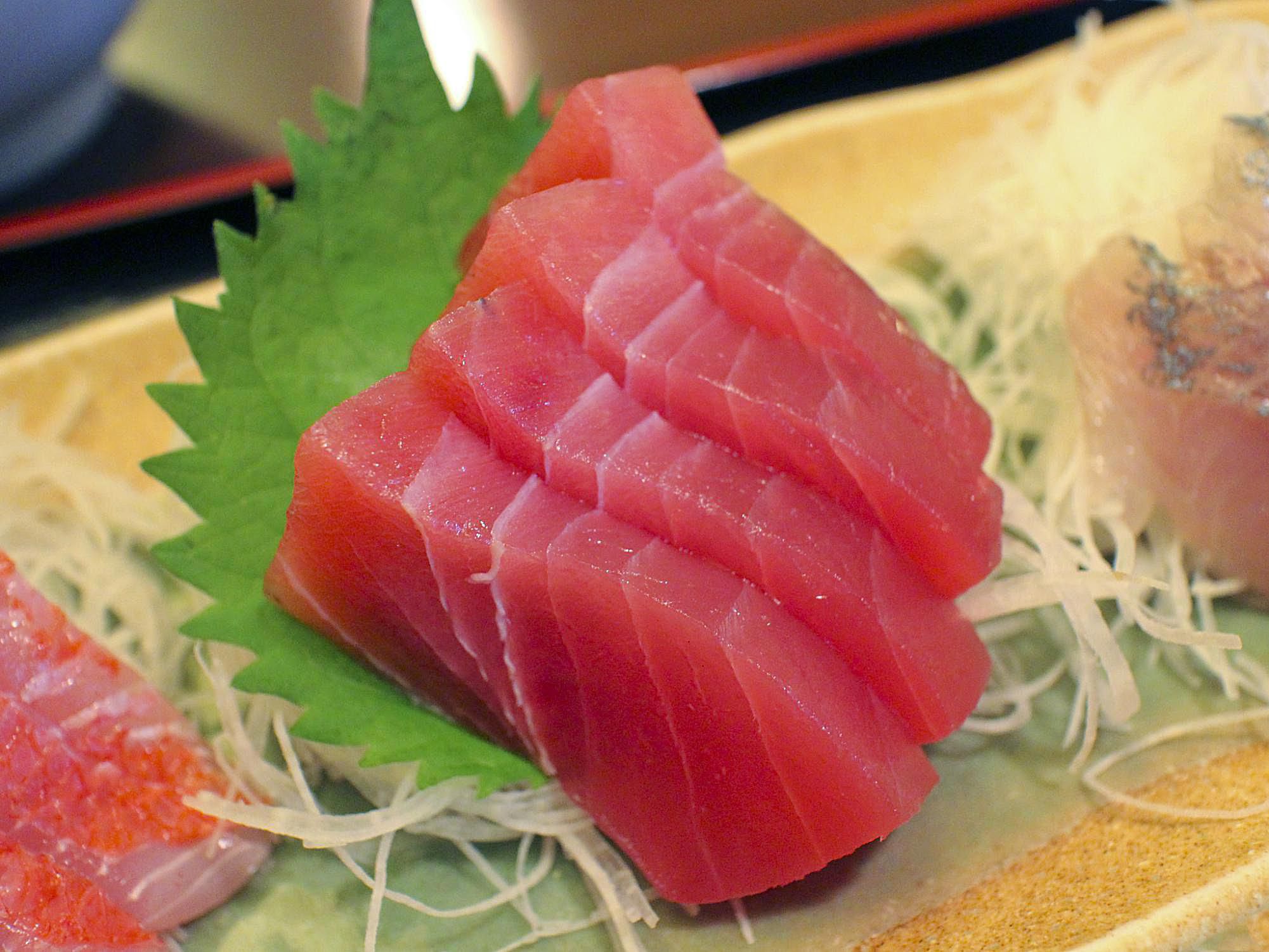
Or raw seafood like sashimi will help you to avoid consuming too many AGEs.

Consume meats cooked rare rather than well-done meats to cut down on AGEs.
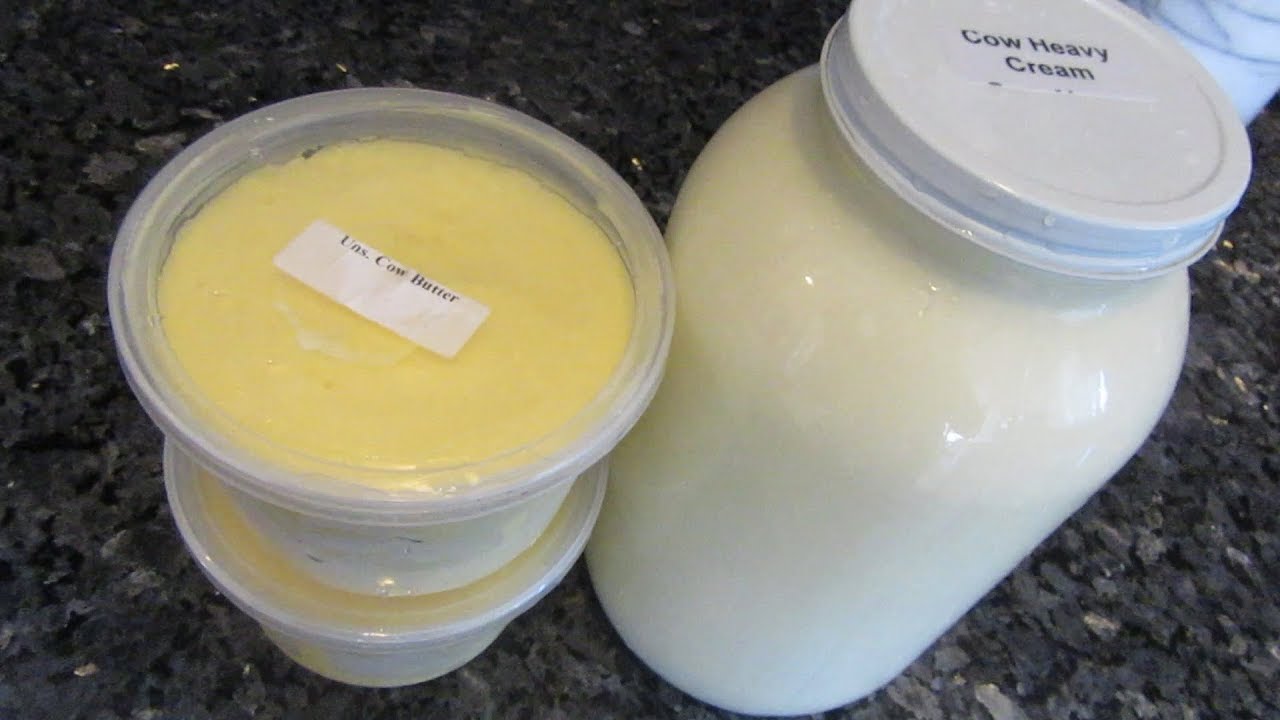
Switch to raw dairy products (especially raw butter, cream and cheese) to cut down on AGEs.

Try soft boiled or poached eggs to lower or reduce AGEs.
Or eat your eggs raw like "Rocky" for a low AGEs diet.
Lower your intake of sugar and high glycemic foods. I recommend you stick to a low glycemic diet to lower the amount of AGEs created in your body.
You must be aware that a diet that's full of nutreint dense foods can be altered by the way you cook or process your foods.
If your not careful, you could end up with an unhealthy amount of AGEs which is not healthy!

Raw animal and seafood will be much lower in AGEs!
Also, raw animal foods and seafood will contain life giving enzymes as well as the master antioxidant glutathione.
More lifestyle tips to lower AGEs.
Drinking antioxidant teas like yerba mate tea with your cooked meals may actually help to reduce the formation of AGEs.
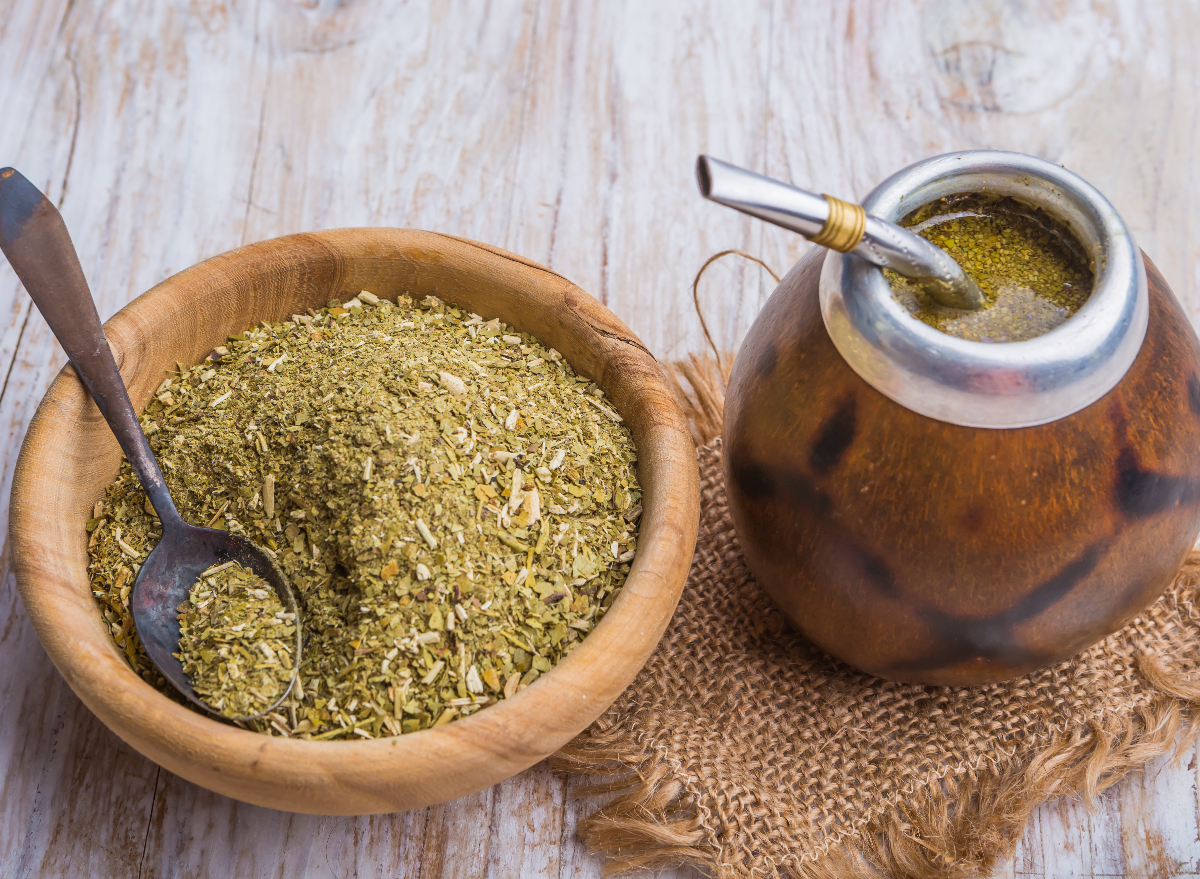
We drank this tea on one of the farms that we stayed at for a few months because they had a yerba mate factory.
- They came up with so many different and very tasty concoctions that involved this tea.
My favorite was yerba mate lemonade with raw honey - it was delicious! Although, I wouldn't make a habit of doing this because it could interfere with the absorption of important nutrients.
Please remember a sedentary lifestyle (coach potato, etc.) will promote the formation of advanced glycation end products.

And a more active lifestyle with enough sleep to recover will help to reduce the formation of advanced glycation end products in your body.
- Home
- Eating Raw Foods
- Advanced Glycation End Products
Resources
1. Reversal of Two Advanced Glycation End Products Achieved by Steve Hill, May 2, 2019, Lifespan Research Institute
2. Advanced glycation end products: Key players in skin aging? National Library of Medicine, https://pmc.ncbi.nlm.nih.gov/articles/PMC3583887/


